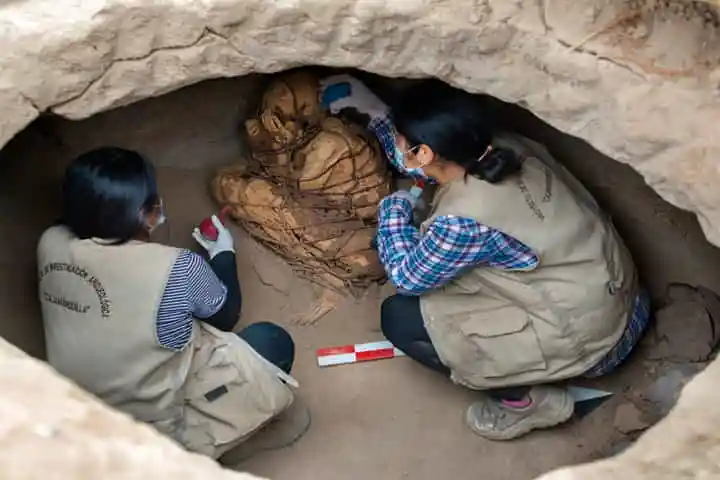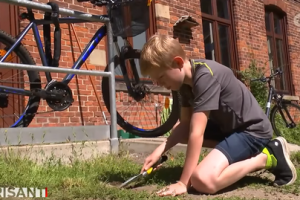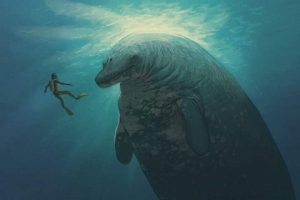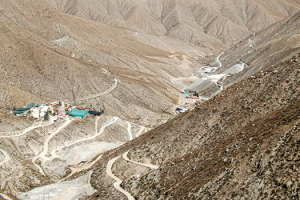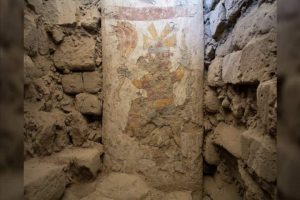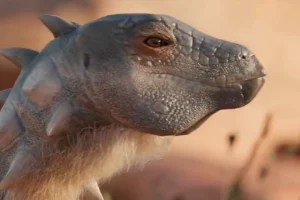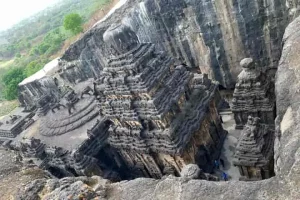The discovery of an 800-year-old mummy in Peru is considered very important by archaeologists. This find according to an article in smithsonianmag.com will help to throw light on and bring to the fore more details about the indigenous communities that inhabited along the country's coastline before the rise of the Incas to prominence around 1400 CE.
Picture the scene some eight centuries ago, when a young adult was buried on Peru’s central coast with the attendants and custodians mummifying the body with cloth, resting the hand over the face and tying with rope the limbs, all as per the funerary practises in the Andean mountainous region.
After centuries, this buried mummy was discovered by archaeologists led by Yomira Silvia Huamán Santillán and Pieter Van Dalen Luna, both from San Marcos’ National University, according to a statement.
The mummy was a revelation as pointed by Santillan. “The whole team was really happy because we didn’t think this was going to happen. We didn’t expect to make such an important discovery.”
The experts and scholars by studying the tomb and the person buried hope to know more about indigenous groups who lived along the coastline of Peru. Explaining this, Luna said: “The discovery of this resident sheds a new light on interactions and relationships in pre-Hispanic times.” This period pertained to the time before Spaniards had invaded the region in the 16th Century.
While the gender of the mummy has not been established, Luna said it is likely to be a young man between 25 and 30 years. Using the radiocarbon technique they expect to ascertain a “more precise chronology” of the mummy.
The mummy was buried in a tomb which is oval shaped and located directly under Cajamarquilla, the town square which at present lies outside Lima’s city limits. Cajamarquilla in the past was a city of mud-brick buildings bustling with trade. Santillán, writing in the journal Arqueología y Sociedad mentioned that this city is one of the largest yet least-studied colonies of the pre-Hispanic period along the coast of Lima.
Also read: How Masters and Apprentices worked together to produce Ancient Egypt’s stunning Temple Art
Luna, sharing his thoughts about the status of the mummy, stated that the person buried may have been a trader, who moved to Cajamarquilla from the mountains. The location of the tomb indicates that the person held a principal station in the town. “The fact of finding a mummy with these characteristics in the middle of the plaza makes it clear that this is someone of high status.”
Leading to the tomb is a seven-step staircase and around its exterior were found remains of bones and mollusks, showing that offerings like seafood and llama meat were being brought for the deceased. Among the additional objects found are ceramics, stone tools and vegetables.
The Inca Empire people frequently mummified their leaders by going through ceremonies and rituals with the objective of extending the dead persons’ influence even after the demise.
Also read: Salt kitchens – a well guarded secret of the Mayan civilization revealed
Writing in Smithsonian magazine in 2015, Christopher Heaney said: “Archaeologists now think that artificial mummification transformed loved ones into representatives of the community—ambassadors to the natural world who ensured the fertility of their descendants and their resources.”
Following the invasion by the Spanish forces around the mid-1500s, some of the nobles of the indigenous tribes continued to hide mummies from the invaders while worshipping them in secret.






